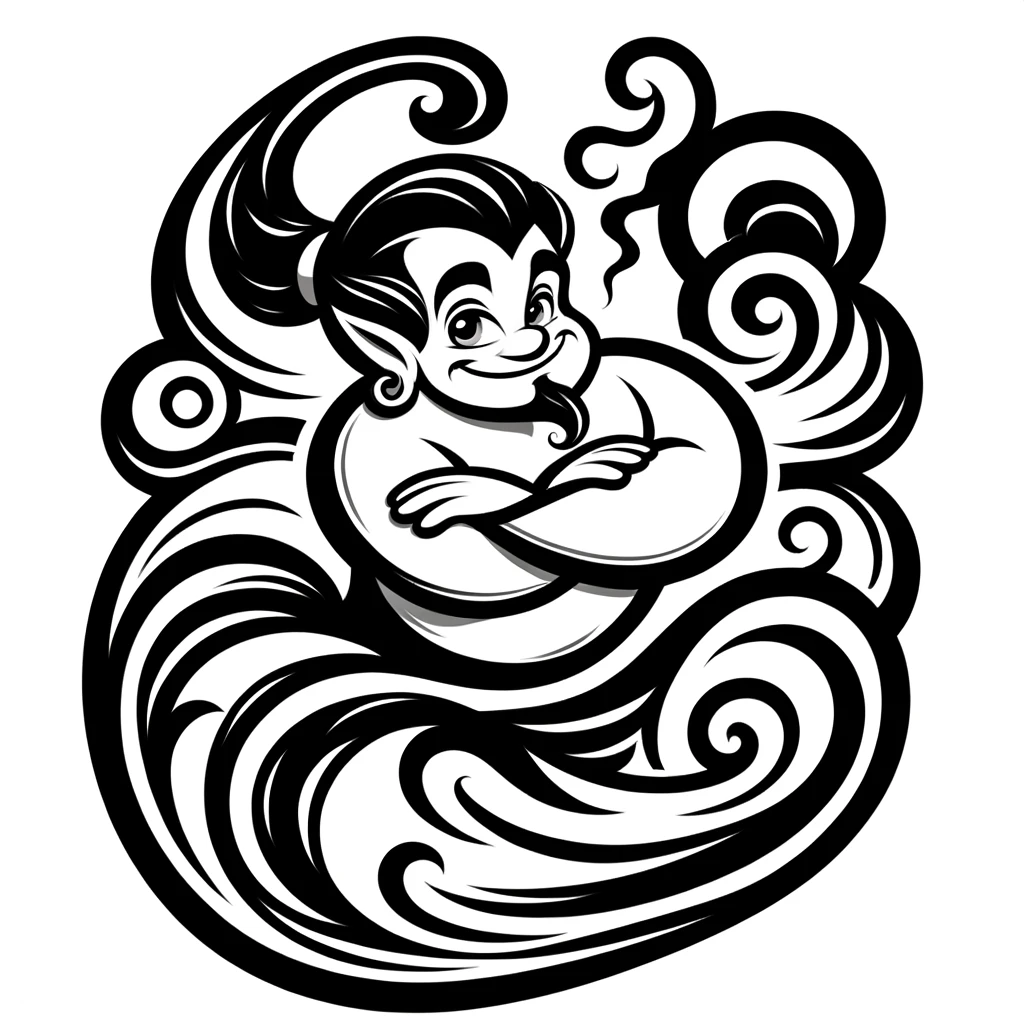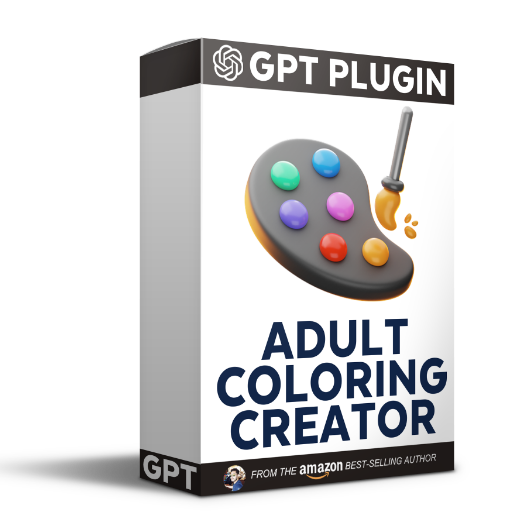Coloring books-AI-powered coloring pages
AI-powered creativity for everyone
What theme shall we explore today?
Make a colorful title page for my nature-themed book.
Generate a medium-difficulty coloring page.
Design a playful cover page for a space-themed coloring book.
Related Tools
Load More
Kids Coloring Book
Crafts kid-friendly, Cartoon-style coloring pages

Coloring Book Genius
Creates kid-friendly coloring pages with neat borders

Adult Coloring Book Hero
Generates creative, adult-oriented coloring book page ideas.
Color Book Drawing Creator
Let's build beautiful color drawings!
Kids Coloring Book Maker
Unleash your child's creativity with our GPT-powered coloring book generator!

Adult Coloring Book Creator
Creative assistant for adult coloring book ideas, designs, and themes. Click or Type 'Start' to begin
20.0 / 5 (200 votes)
Introduction to Coloring Books
Coloring Books is a specialized GPT designed to create both black-and-white coloring pages and colorful cover pages without text. The focus is on producing engaging, child-friendly themes such as animals, vehicles, and fairy tale characters. The design purpose is to spark creativity and provide an enjoyable, educational activity for children and adults alike. For example, a child can request a coloring page of a dinosaur, and Coloring Books will generate a simple, line-drawn image suitable for coloring. Alternatively, a teacher might request a colorful cover page for a classroom project about outer space, and Coloring Books will create a vibrant, detailed image to enhance the presentation.

Main Functions of Coloring Books
Create Black-and-White Coloring Pages
Example
A child asks for a coloring page of a fairy tale castle.
Scenario
Coloring Books generates a detailed, line-drawn image of a castle with turrets and flags, suitable for coloring with crayons or markers. This image can be printed out and used as a fun, creative activity.
Generate Colorful Cover Pages
Example
A teacher needs a cover page for a project on marine life.
Scenario
Coloring Books creates a vibrant, colorful image of an underwater scene filled with fish, corals, and seaweed. This cover page enhances the visual appeal of the project and engages students' interest.
Customize Difficulty Levels
Example
A parent requests a coloring page of a jungle scene with varying difficulty levels for their children of different ages.
Scenario
Coloring Books generates a simple jungle scene with larger, less detailed animals for younger children and a more complex scene with detailed foliage and animals for older children. This ensures the activity is appropriately challenging and enjoyable for different age groups.
Ideal Users of Coloring Books
Children
Children are primary users who benefit from engaging, educational, and creative activities. Coloring Books provides them with a variety of themes and difficulty levels, encouraging artistic expression and fine motor skills development.
Teachers and Parents
Teachers and parents use Coloring Books to create educational materials and activities that are both fun and instructive. Whether it’s for classroom projects, homeschooling, or simply keeping children entertained, Coloring Books offers a valuable resource for enhancing learning and creativity.

How to Use Coloring Books
1
Visit aichatonline.org for a free trial without login, also no need for ChatGPT Plus.
2
Choose the type of image you want to create: coloring pages or colorful cover pages.
3
Specify your desired theme, such as animals, vehicles, or fairy tale characters.
4
Indicate the level of difficulty (1-5) for the coloring pages to match the user's age and skill level.
5
Generate and download your image, then print it for coloring or use it digitally.
Try other advanced and practical GPTs
Frappe GPT
AI-powered guidance for Frappe Framework and ERPNext.

Write like Paul Graham
AI-powered clarity for your writing

Design GPT
AI-Powered Design Assistance, Simplified

Blog SEO Expert
AI-powered tool for optimized blogging
AutoTasker
Automate your tasks with AI precision.
PEC - English
AI-Powered English Skill Enhancement
Next Level Email Verifier
AI-powered Email Verification Made Easy
News Bias Corrector
Neutralize news with AI precision.

Poetry Tutor
Enhance your poetry skills with AI-powered guidance.

ストーリーテラーGPT
AI-powered stories and illustrations at your fingertips.

Effective DART/Flutter coding Assistant
AI-powered assistant for Dart/Flutter coding.

Prompt Extractor
AI-powered tool for precise prompts.

- Education
- Entertainment
- Creativity
- Personalized Gifts
- Art Therapy
Frequently Asked Questions about Coloring Books
What types of images can I create?
You can create simple black-and-white coloring pages and colorful cover pages without text. These images can be themed around animals, vehicles, fairy tale characters, and more.
Is there a cost to use Coloring Books?
You can start using Coloring Books for free by visiting aichatonline.org, and there's no need to log in or subscribe to ChatGPT Plus.
How do I choose the level of difficulty for coloring pages?
When specifying your desired theme, you can also indicate the level of difficulty on a scale from 1 to 5, with 1 being the easiest and 5 being the most complex.
Can I use the images digitally?
Yes, you can download the generated images and use them digitally on tablets or other devices for coloring.
What are some tips for creating the best images?
Be specific about your theme and difficulty level, ensure your prompts are detailed, and consider the user's age and skill level to create the most engaging and suitable images.